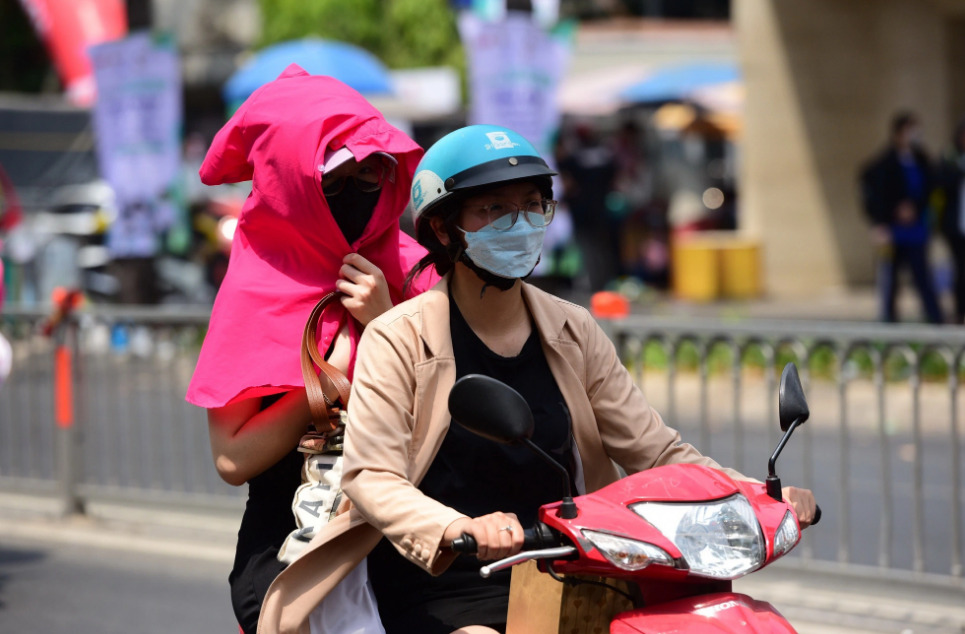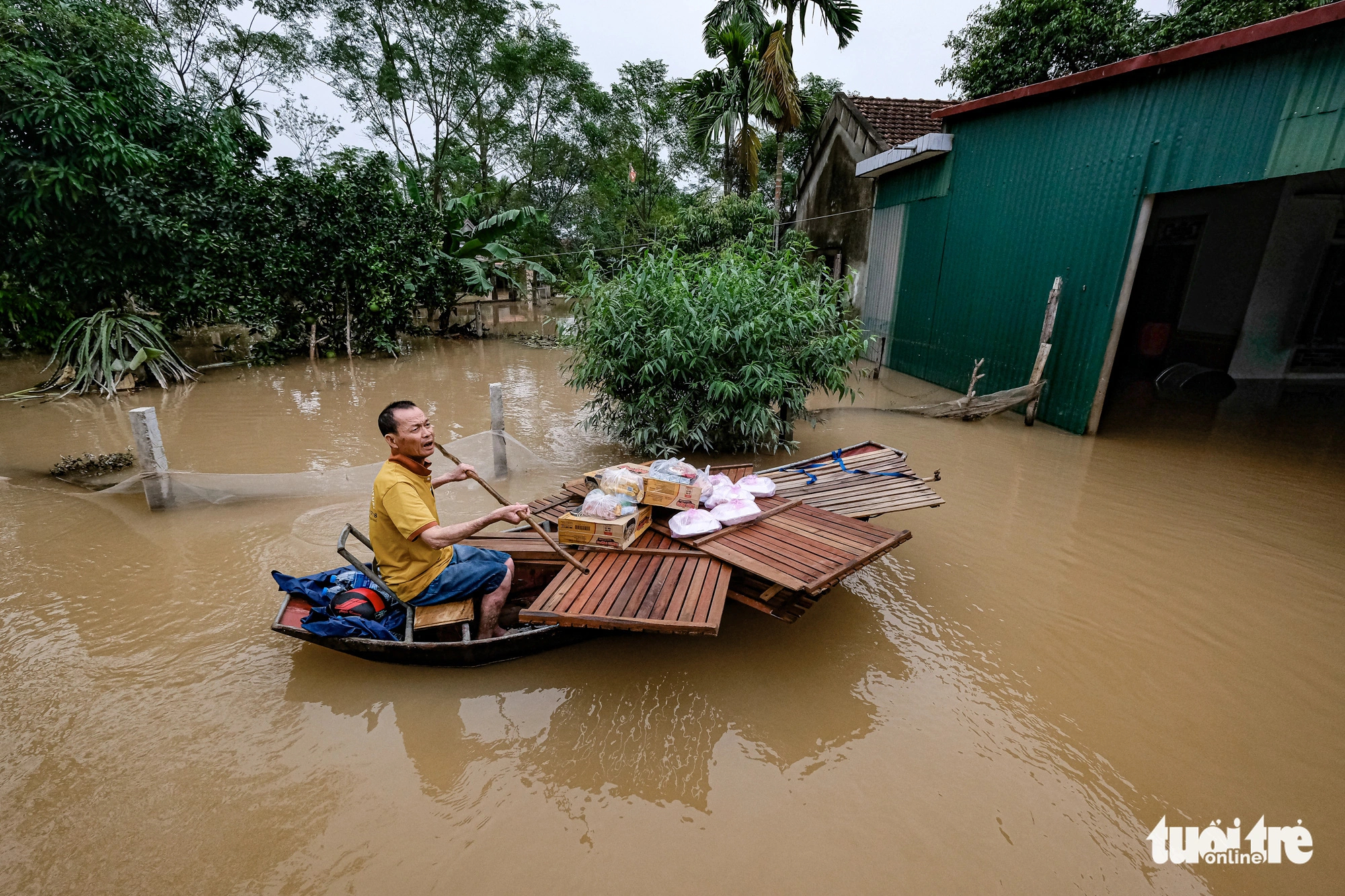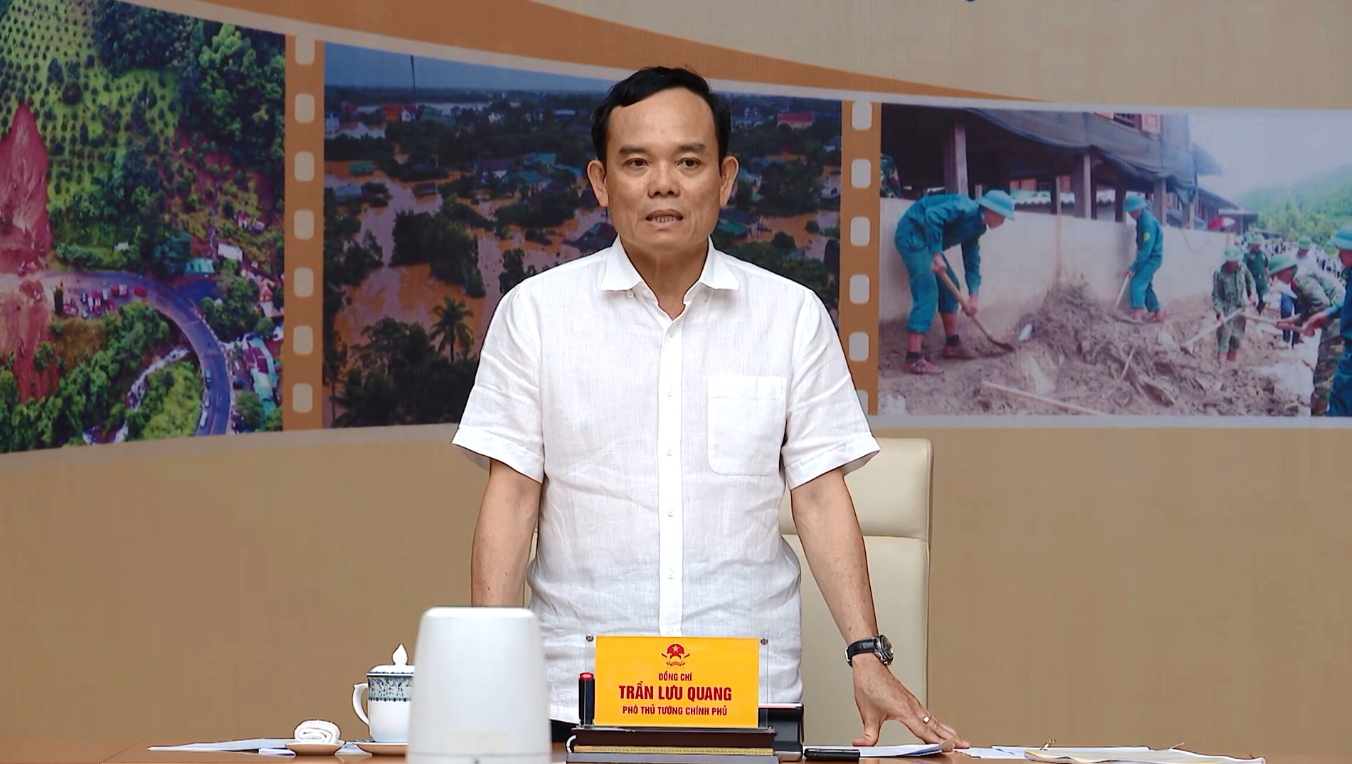People in various parts of Vietnam could endure a more intense heat stress this summer compared to previous years, while those in the central region may witness a rising number of storms and downpours mostly in the second half of the year, a hydrometeorology official told a national conference on Friday.
The event, organized by the national steering committee for natural disaster prevention and control and chaired by Deputy Prime Minister Tran Luu Quang, featured discussions on the country’s efforts to cope with possible natural calamities and conduct search and rescue operations for 2024.
Hoang Duc Cuong, deputy head of the Vietnam Meteorological and Hydrological Administration under the Ministry of Natural Resources and Environment, highlighted that climate change may continue to make heatwaves, saline intrusion, drought, hail, and thunderstorms in the country more unusual and extreme during the first half of the year.
Two more heatwaves may affect vast swathes of the northern and central regions from now till the end of this month.
The Central Highlands and southern regions could see little rainfall and another heatwave by Thursday next week, with temperatures possibly climbing to 38 degrees Celsius.
During the rest of the month, the scorching heat is expected to ease off in these regions.
Meanwhile, residents in northern and north-central provinces should stay prepared for heavy downpours and thunderstorms between Sunday and next Thursday, during which whirlwinds, lightning, hail, and wind gusts may happen, Cuong warned.
The second half of the year could see the stifling heat get more intense and expand to more areas of the northern and north-central regions, with July and August likely experiencing more extreme heatwaves than the recent years.
A prolonged drought may strike central Vietnamese provinces, mainly from Quang Tri to Binh Thuan, from May to August.
|
|
| During the second half of 2024, the central region of Vietnam will likely experience the same downpours, flooding, and flash floods as those recorded in 2020. Photo: Nam Tran / Tuoi Tre |
Apart from the heat stress, the official forecast that around 13 storms and tropical depressions would hit the East Vietnam Sea from September to November this year, with at least five of them likely affecting the mainland.
Heavy rainfall could come down on the northern region from July to September and on the central region from September to November, with precipitation of 50-100mm, posing a risk of landslides and flash floods in mountainous locations and inundation in urban areas.
He concluded that natural disasters induced by heavy rainfall and storms could mostly strike the northern, north-central, and Central Highlands regions in the final months of the year.
Data released by the national steering committee for natural disaster prevention and control at the event showed that last year saw more than 5,330 weather-related incidents nationwide that left nearly 1,130 people dead and missing.
Natural disasters caused economic losses of over VND9.3 trillion (US$366 million).
Since the start of 2024, Vietnam's Mekong Delta and Central Highlands regions have been devastated by droughts, saline intrusion, land erosion, and flooding.
Meanwhile, the northern, north-central, southern, and Central Highlands areas have experienced relentless heavy rains, hailstorms, fierce winds, and lightning strikes.
Such extreme weather conditions resulted in 14 people dead and missing, causing damage of over VND399 billion ($15.6 million).
|
|
| Deputy Prime Minister Tran Luu Quang chairs a national conference held by the national steering committee for natural disaster prevention and control on May 10, 2024. Photo: A. Toan |
Like us on Facebook or follow us on Twitter to get the latest news about Vietnam!























































